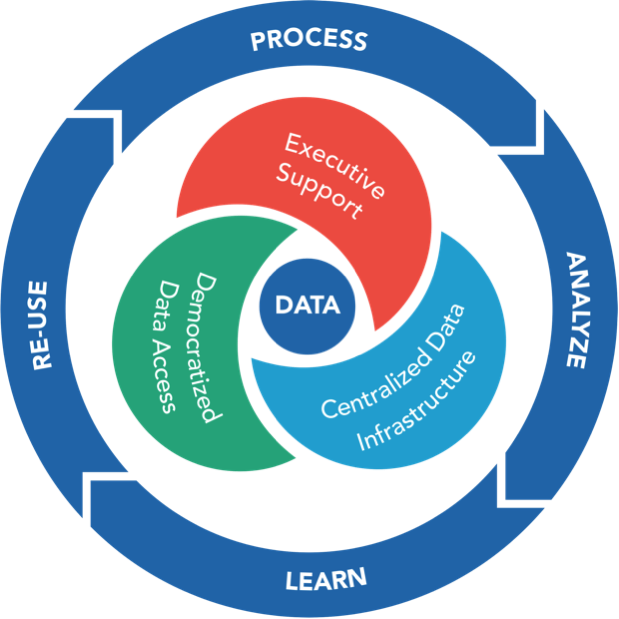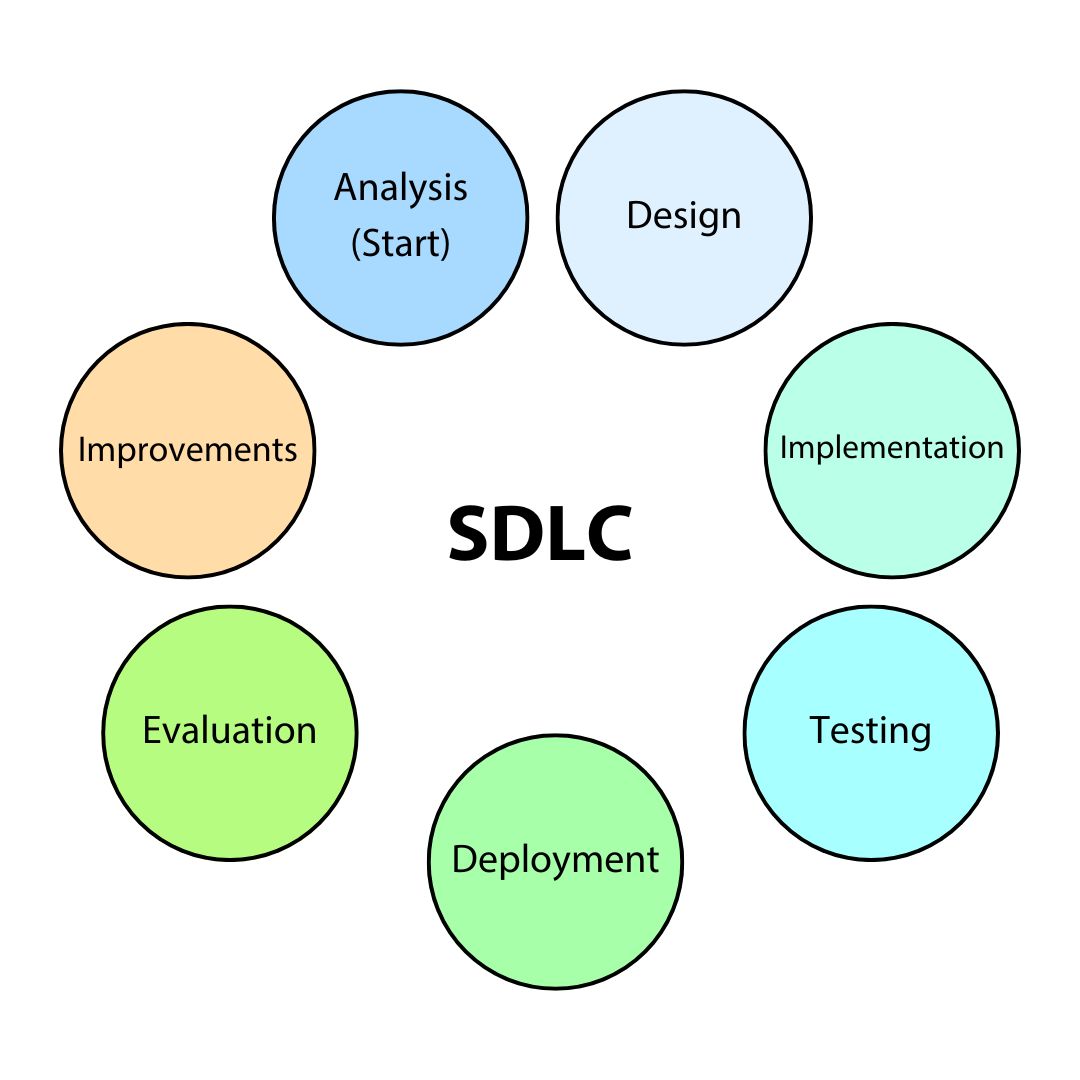In the ever-evolving landscape of technology, the role of the Chief Information Officer (CIO) has become increasingly pivotal. With the emerging new technologies of Artificial Intelligence (AI) into business operations the CIO is challenged in providing these new technologies into the business and evaluate the services and their return on investment (ROI). According to estimates by the McKinsey Global Institute, generative AI is projected to contribute between $2.6 and $4.4 trillion in annual value to the global economy. This addition represents an increase of 15 to 40% in the overall economic impact of AI (McKinsey Global Institute, 2023). In this blog, we’ll explore the dual aspects of a CIO’s responsibilities in applying AI: the high-level strategic analysis to apply the AI services to the business level, and then the detailed technical side of applying AI services to an application development.
World One: Strategic Analysis: Applying AI for Business
When a CIO first considers incorporating AI into their organization, the process begins with a comprehensive analysis of how AI can enhance business operations and infrastructure. This includes evaluating the financial impact through a Return On Investment (ROI) analysis. Several critical steps are involved:
- Evaluating AI Services vs. General Services:
- Performing a Gap Analysis1 to understand the landscape of the General Services.
- Understanding the unique capabilities of AI technologies compared to traditional solutions.
- Identifying specific business problems or gaps that AI services can solve more effectively.
- Identify the difference in the Stakeholders.
- Advantages of AI Solutions:
- Highlighting the benefits of AI, such as increased efficiency, enhanced customer experiences, and data-driven decision-making.
- Considering the potential for AI services to uncover new business opportunities and revenue streams.
- Resource Requirements:
- Assessing the necessary resources, including data, computational power, and skilled personnel.
- Estimating the investment in training and development to build AI capabilities within the organization.
- Evaluating the data resources required for such services.
- Identifying the path to enhance the DevOps to an MLOps2.
- Return on Investment (ROI):
- Analyzing the expected ROI from AI projects by comparing costs with anticipated benefits.
- Using case studies and real-world examples to illustrate successful AI implementations in other businesses and their impacts on business performance.
Research has shown that companies that strategically invest in AI can achieve significant competitive advantages. For instance, a study by McKinsey & Company found that AI adoption can increase profit margins by up to 10% in various industries (McKinsey, 20203).
World Two: High-Level Strategic Analysis: Applying AI for Application Development
Once a decision has been made about the direction and services to implement, the CIO will engage in building a comprehensive strategy for the development of the application. This stage is crucial as it lays the foundation for the successful deployment and integration of any development within the organization. The strategy services encompass several critical components:
- Building the Code
- Architecture Design: Choosing appropriate programming languages, frameworks, and tools.
- Code Development: Ensuring that the development team follows best practices for coding standards (SDLC4), version control, and documentation to maintain code quality and manageability. Ensure that all internal and external services are available to support this.
- Resource Allocation
- Human Resources: Identifying and assigning skilled personnel, such as data scientists, AI engineers, and developers, to the project.
- Technical Resources: Identifying and procuring necessary hardware and software, including high-performance computing resources and AI development platforms.
- MLOPs: Define the structure of the MLOps team which will incorporate the human resources and the technical resources.
- Measurement of Success
- Key Performance Indicators (KPIs): Defining clear KPIs to evaluate the success of the AI implementation. These could include performance metrics, user adoption rates, and return on investment (ROI).
- Success Measurement: Define how success is measured.
- Continuous Monitoring: Implementing monitoring tools to track the development performance in real-time, identify gaps and adjust as needed.
- Access Management and Security
- Security Protocols: Establishing robust security measures to protect sensitive data and AI models. This includes encryption, secure access controls, and regular security audits.
- Access Management: Implementing identity and access management (IAM5) systems to ensure that only authorized personnel can access critical components of the AI system.
- Regulatory and Compliance: Ensure the development incorporates any required compliance services and is to regulatory standards.
- Data Source
- Identify the data source/s required for the AI application.
- Evaluate potential data bias in these sources.
- Identify the architecture for the Extract, Transform, and Load (ETL6) services for this data.
- Bandwidth Requirements
- Network Infrastructure: Assessing and upgrading the organization’s network infrastructure to handle the increased data flow and computational demands of AI applications.
- Data Transfer: Ensuring efficient and secure data transfer mechanisms, especially for real-time AI processing and analysis.
- Stakeholder Management
- Identifying Stakeholders: Recognizing all stakeholders involved, including internal teams, management, end-users, and external partners.
- Stakeholder Engagement: Developing a communication plan to keep stakeholders informed and involved throughout the AI implementation process.
- Communication Strategy
- Communication Channels: Establishing effective communication channels to facilitate collaboration and information sharing among team members and stakeholders.
- Transparency: Maintaining transparency in project progress, challenges, and milestones to build trust and ensure alignment with organizational goals.
- Development Style
- Define the Methodology: Adopting a development methodology, such as, Scrum7 or other Agile methodologies that will best fit the project.
- Define the tools and procedures for the selected methodology.
- Budgeting
- Financial Planning: Creating a detailed budget that accounts for all development costs, including development tools, resources, training, and maintenance.
- Cost Management: Monitoring expenses and ensuring that the project stays within the allocated budget while achieving desired outcomes.
- Scheduling System
- Timeline Development: Developing a realistic project timeline with key milestones and deadlines.
- Resource Scheduling: Coordinating the availability of resources and personnel to ensure that project activities are carried out as planned.
- Vendor Management
- Vendor Selection: Identifying and selecting reliable vendors that provide necessary AI tools, platforms, and services.
- Contract Management: Negotiating contracts and service level agreements (SLAs) to ensure that vendors meet the organization’s requirements and expectations.
By meticulously planning these strategy services, the CIO ensures that the AI implementation is not only technically sound but also aligned with the organization’s strategic objectives.
With the strategic services completed, the next phase of detailed implementation can begin with the least number of obstacles as most items have been defined and thought out in the strategic services.
Detailed Technical Implementation: Applying AI to Technology Services (Design)
Once the high-level strategic analysis is complete, the focus shifts to the technical implementation of AI within the firm’s existing technology infrastructure. This stage is the first stage of the detailed operation and thinking, starting with the Design Services. This is about taking the actions made in the Strategy Services and starting to build the application. The design involves a more granular level of analysis and execution:
- Detailed Examination of AI Services:
- Evaluating different AI tools and platforms to determine which best meets the strategy services.
- Conducting R&D to test the feasibility and effectiveness of AI solutions. Find the best-fitting model.
- Design the front end and back end required.
- Test the data source/s activate DataOps8 services.
- DataOps is a new way of managing data that promotes communication between, and integration of, formerly siloed data, teams, and systems. It takes advantage of process change, organizational realignment, and technology to facilitate relationships between everyone who handles data: developers, data engineers, data scientists, analysts, and business users. DataOps closely connects the people who collect and prepare the data, those who analyze the data, and those who put the findings from those analyses to good business use.” (A. Thusoo & J. Sen Sarma, 2017)
- The aspirations for a data-driven enterprise (source:Qubole)


- True SDLC Process:
- Following a structured Software Development Life Cycle (SDLC9) to ensure robust and scalable AI implementations.


- Incorporating best practices in data management, model training, validation, and deployment.
- Tailor a development team to the AI services, in many cases an MLOps team.
- Configuration Management Data Base (CMDB) & Service Catalog:
- A CMDB10 is created to properly document all hardware and software involved in the application development and implementation services.
- A Service Catalog11 is produced and maintained, containing accurate information on all coded services, store procedures if applicable, and any other service that has an impact on the code.
- Integration with Current Systems:
- Ensuring seamless integration of AI solutions with existing IT infrastructure that was selected.
- Setting up all security policies to align with strategy services.
- Enhance current infrastructure to support the new developments.
- Transition Services:
- Continuous Integration and Continuous Deployment (CI/CD12) services.
- Go-live for completed applications and related services.
- Monitoring systems for Incident and Event management, ability to proactively support the services.
- Continuous Improvement:
- Establish feedback loops to monitor AI performance and make necessary adjustments. Perform an on-going Gap analysis13.
- Investing in on-going research and development to stay ahead of AI advancements and industry trends.
Conclusion
The journey of integrating AI into a business environment is a complex and multifaceted endeavor, requiring CIOs to adeptly navigate both high-level strategic planning and detailed technical execution. The process begins with an in-depth strategic analysis to evaluate the potential benefits of AI for the business, assess resource requirements, and determine the expected return on investment. This stage sets the groundwork for the effective adoption of AI technologies within the organization.
Following the strategic analysis, the CIO must develop a comprehensive strategy for application development, addressing critical components such as resource allocation, success measurement, access management, data source identification, and communication strategy. By meticulously planning these aspects, the CIO ensures that the AI implementation is not only technically sound but also aligned with the organization’s strategic objectives.
As the focus shifts to detailed technical implementation, the CIO oversees the execution of the design services, ensuring robust and scalable AI solutions through a structured SDLC process. This involves integrating AI with current systems, setting up a Configuration Management Database (CMDB), maintaining a Service Catalog, and implementing Continuous Integration and Continuous Deployment (CI/CD) services. Additionally, continuous improvement through feedback loops and on-going research and development is essential to staying ahead of AI advancements and industry trends.
By understanding and balancing these two worlds—applying AI to a business and applying it to application development—CIOs can effectively harness the power of AI to drive innovation, enhance business operations, and achieve sustainable growth. This holistic approach to AI integration enables organizations to capitalize on the transformative potential of AI, positioning them for long-term success in an increasingly competitive landscape.
Stay tuned for more insights on the evolving role of technology leaders in the age of AI.